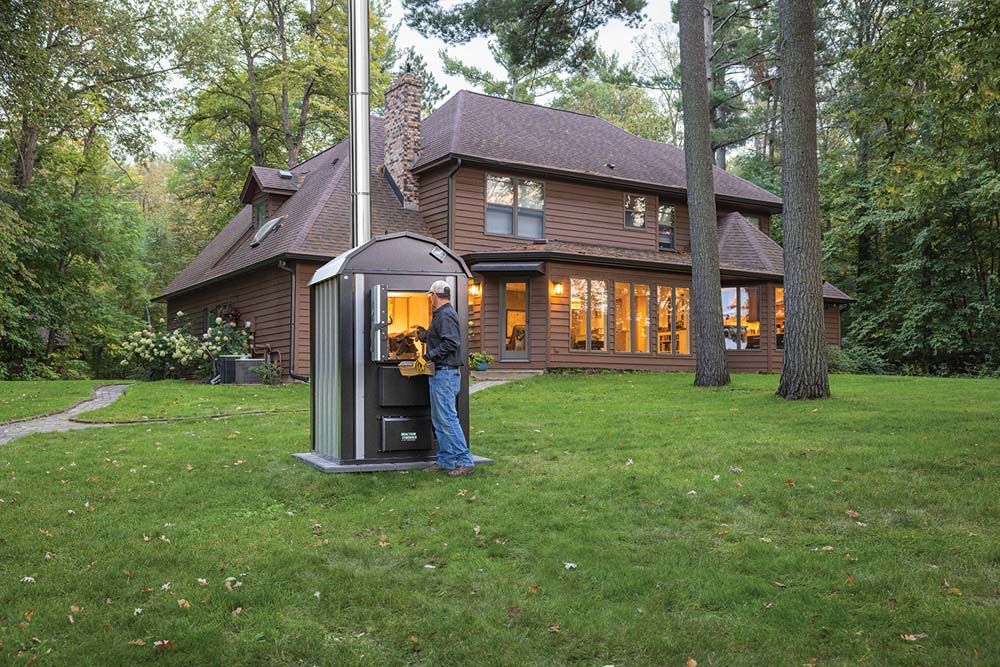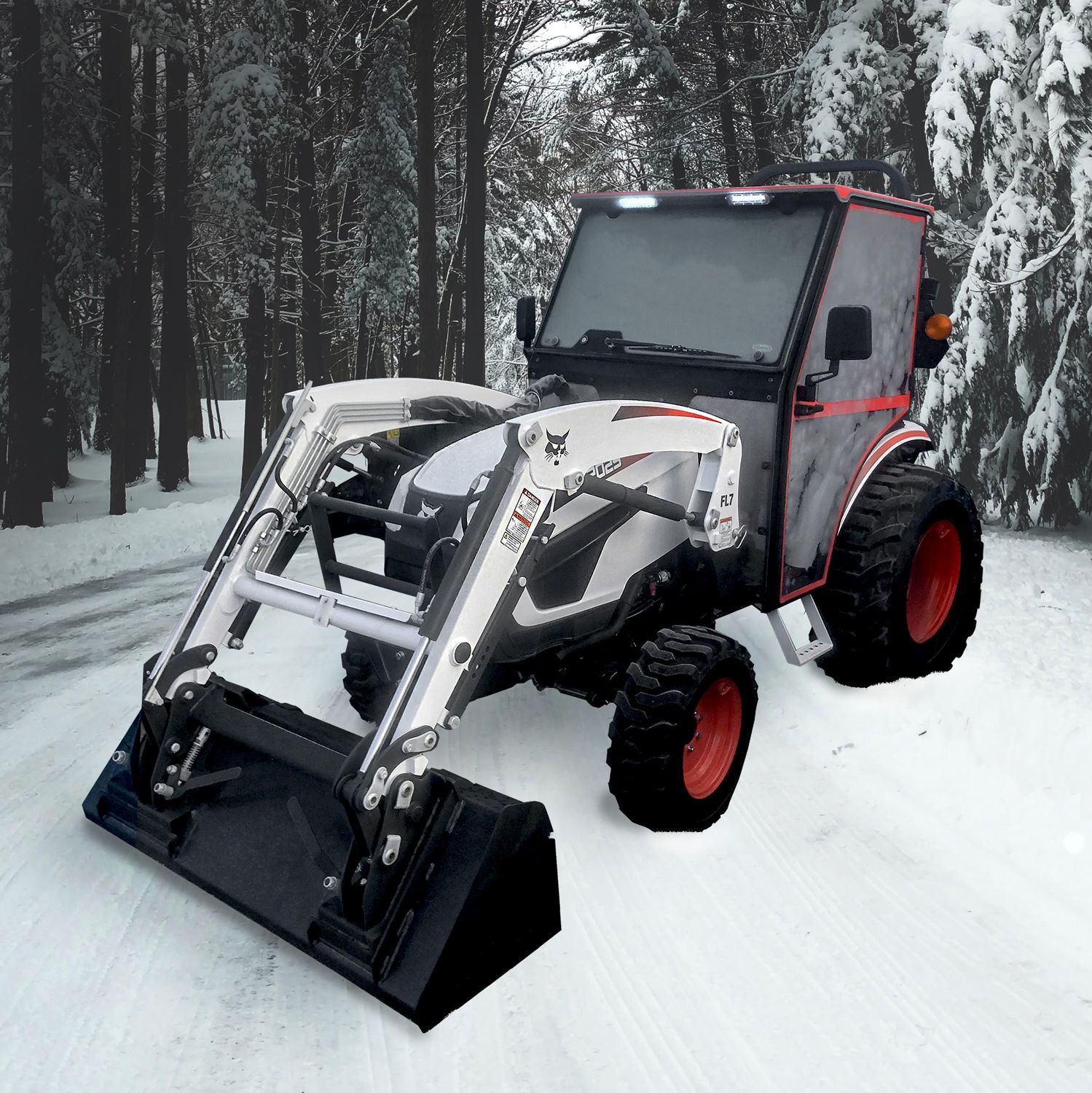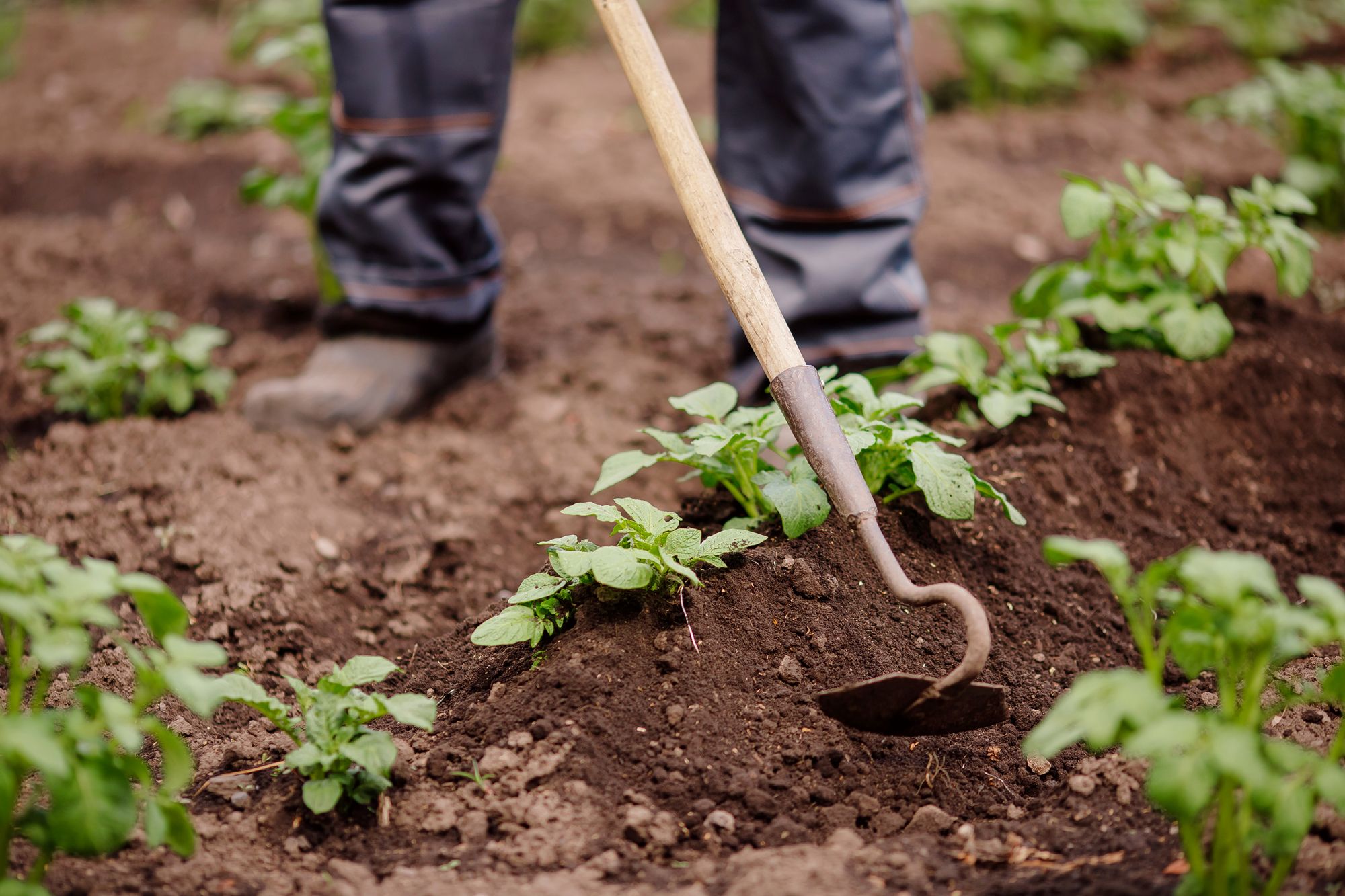Fixing What’s Broken - Planning for maintenance around the acreage


This is the time of year when farms, regardless of size, find the operator with time on his or her hands. Sure, livestock still needs to be managed and fed, and ongoing marketing of grains or other farm output has to be tended to. But the basic sunrise-to-sunset land-based activities that so many farmers love and enjoy in warmer times is essentially absent this time of year.
That means it’s the perfect time for maintenance! The best place to start is to evaluate your workplace with the right tools. Surprisingly, your best tool for addressing maintenance issues is a simple shirt-pocket notepad and a pencil.
Around the acreage
The next calm, not-frigid morning, take a few minutes to walk around your property with fresh eyes and write down what you see. Does the barn need painting? Do you have to use the side door to enter the equipment shed because the main door is still broken? How about that pile of lumber you stacked in the fall for a project—is it still there?
Look for more out-of place things like tillage tools and vehicles that you meant to put into a storage shed, and garden paraphernalia. All these need to be addressed.
Your residence, even if it’s relatively new, requires maintenance. Check the roofing for signs of early-winter damage. Do you have leaves, branches, or limbs that have collected in valleys and gutters? Are shutters still in place? How about chimneys—do they still have vents or anti-varmint screens attached? Make a note on your to-do list.
Write down all of this and post these notes in a place that will nag at you. The kitchen refrigerator, workbench, or pickup truck dashboard, are spaces we see every day.
Alternatively, you could mention your to-do list to the fellas you have coffee with—they’ll be delighted to remind you!
Farm equipment maintenance
Regular maintenance is vital to any piece of equipment. Not only does it cost less overall than having to repair catastrophic damage, but it is infinitely easier to budget for a small regular expense on an ongoing basis, than a potentially much larger expense that could hit at any time with no warning.
Regular maintenance not only keeps the farmer in control of these expenses, but also decreases the chance of surprise if a major failure does occur. There are a number of components that show visible signs of wear long before they fail, which means the person doing regular maintenance can see the signs and is then able to take preventative action beforehand.
First, cleaning and inspection
One of the most important aspects of maintenance is cleaning; it is also the first step. Regular cleaning not only prevents damage by ensuring nothing gets stuck in the machinery, which can be particularly important with equipment like combine harvesters which have a lot of moving parts, but is also a necessary precursor to inspecting the equipment or implements for wear and damage.
If you don’t have hot-and-cold running water and floor drains in your equipment shed, bring a bucket of warm water and rags and remove what you can prior to springtime.
Once the equipment is clean, it is easy to see what needs repair, what needs replacing, and what is in perfect condition and needs nothing more than the cleaning.
Next, maintenance and repair
After cleaning and inspection, the next stage is taking the time for maintenance and any repairs. Every piece of machinery has some parts that wear out through normal use, and farm equipment is no exception. Proper maintenance involves inspecting and replacing those parts as they wear out, and making sure all fluids are topped up.
It also means making all those little repairs, the ones that do not appear to make any immediate difference, but add up over the long run. A tractor can work perfectly well with one broken lug nut, but break a second one, and you will have an issue. Keeping everything else in good condition helps minimize collateral damage from an otherwise minor breakdown.
Reading the owner's manual—or reading it again—is the easiest way to become familiar with and get a basic understanding of how the equipment functions. Get to know each piece of equipment, and use your eyes for detecting leaks, ears for unusual sounds, and nose for anything that could signal a leak or possibility for fire.
Don’t forget fencing
Intact, working fencing is critical to keeping your animals safe and your neighbors happy. Walk the fence line often, checking for damage and repairing it promptly. Replace rotten posts and reset any loose ones. Make sure gates latch properly.
If you have an electric fence, take a voltmeter with you on your walks and test the fence for voltage drop at various points. Check the insulators and replace any that are worn, broken or missing.
Adjust tension as needed. Check the ground rods to make sure they’re still making good contact.
Maintain other farm buildings
Just like fencing, your barns, coops, and animals shelters will periodically need attention and repair. However, buildings are typically lower maintenance than fencing. When you make your rounds to inspect fencing, take a look at your animals’ quarters as well.
Use that previously-mentioned small notebook on your maintenance rounds. Make note of needed building repairs, then schedule some time to do them all at once. Of course, if something is a safety or predator issue (such as a hole in the wall where a weasel can sneak through and get your hens), it might need immediate attention.
Revisit your farm plan
You can’t fix what you don’t see as broken, so it will pay to open up your written farm plan and see what worked for last year and what could be improved.
Tags:Weekend Farmer

Acreage Life is part of the Catalyst Communications Network publication family.















